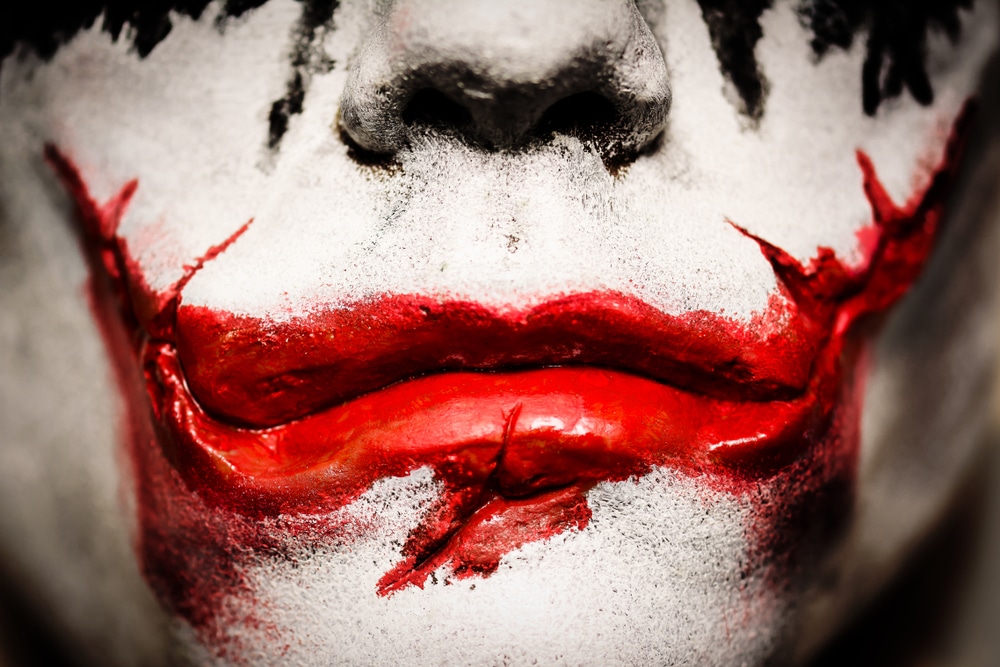Modern humans, especially in western countries, live a life of relative ease, despite always finding petty things to complain about. We live much longer than we ever did before thanks to all those amazing discoveries and technological advancements. But what about days gone by when people had to do everything themselves? Well in the article, you’re going to find out about just exactly how things worked before those life-changing inventions came to be!
1. Before Crash Test Dummies, Living Volunteers Were Used
In the 1930s, prior to the crash test dummy, corpses were the go-to test subjects in order to analyze the impact of a crash on the human. Although this was helpful, it still wasn’t enough. That’s when, between 1960 and 1975, researchers like Lawrence Patrick, a biomechanics professor who, along with his students, volunteered for all sorts of tests including 400 rides on a rocket sled and crushing blows to the head and body. It was totally worth it because one of his students, Harold Mertz, went on to develop Hybrid III, the current standard crash test dummy.
2. Before Modern Erasers People Used Bread Crumbs
Rubber erasers came into existence in 1858. And before that? Well, bread crumbs were the go-to option for clearing out your mistakes. Sounds weird at first, but it really isn’t. This is because erasers work by sticking to the graphite marks on the paper, then grind them away as you rub against it. And this principle is pretty much the same with a lot of other substances, including breadcrumbs. So from about 1612 and 1770, whenever someone made a mistake, they’d just reach over for some leftover bread!
3. Before the Heart Lung Machine, Cross Circulation Connected Two Living Patients Together
The heart-lung machine, a key component in undergoing cardiopulmonary bypass, was developed during the 1950s. It basically takes over the function of the heart and lungs while the patient is undergoing surgery on these organs. But before that was a thing, doctors came up with the ingenious idea of connecting two living patients together. This is known as cross-circulation and in 1954, a father and son were put under anesthesia and had their veins and lungs connected while the latter underwent surgery to repair his heart.
4. Before Insulin, Diabetics Had to Live on Dangerous Low Carb Diets
Most diabetics today live a fairly long healthy life thanks to Frederick Banting’s discovery of insulin in 1921. Before, they were only given a life expectancy of only three to four years from diagnosis, and it was a pretty rough time for them. The only treatment was a strict diet that was completely void of carbohydrates. This sometimes worked for type II diabetics. But that wasn’t the case for type I’s whose body is unable to produce insulin. Some only consumed a mere 450 calories a day, which, unsurprisingly, led to starvation and death.
5. Before Radar, War Tubas Helped Detect Enemy Aircraft
The invention of radar was one that took war to a whole new height, making it much easier for soldiers to detect incoming enemies before it was too late. But it only came to be in 1935 and the closest thing to a radar before this was the war tubas which was devised by the Japanese. Like the name indicates, the war tuba was a giant horn that pointed upward at the sky so that the wide-opened mouth end would catch the sound of an approaching aircraft. Seemed like a great idea, though there really isn’t much evidence that it worked.










